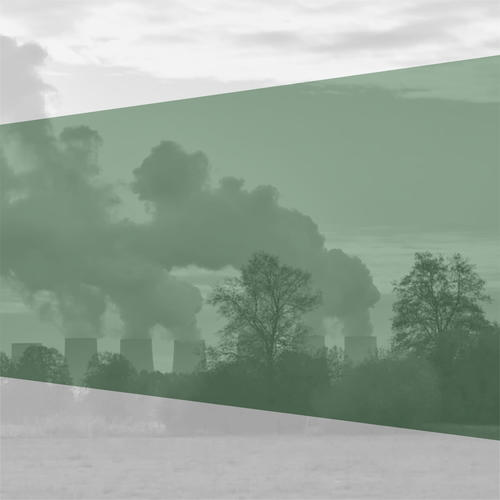Research Focus: Audiovisual Cultures II: Phenomenology of the Anthropocene
In the summer term of 2022, we investigated different transfer and appropriation processes of film viewing in a global transit space. Based on these processes, the community building principles of genuinely audiovisual cultures can be determined. Our goal is to understand how cinematic images reflexively reveal our reality as a constantly changing or consolidating field of perceptibility, sensitivity, and ways of acting.
In the current term, we want to put this analytical focus onto one of the most pressing issues of the present, namely the multiple ecological crises, which gather under the – not unproblematic – concept of the Anthropocene. In doing so, we follow up on workshops and colloquia of prior semesters, during which we looked at the dynamic between cinematic worlds and a global and planetary experience, as well as the specific dimensions of experiencing the historical through the lens of audiovisual images.
On one hand, we understand the project of a Phenomenology of the Anthropocene as the changing understanding of historicity, which accompanies the entangling of human history with the geological and biological history of nature. On the other hand, we understand by it the exchange processes between epistemological, scientific, and political aspects of the Anthropocene, complete with the embodied relation to the self and the world, as they are being produced and modulated in the poiesis of film viewing: Between data visualization, images of activism, and speculative visions of the future, there emerges a genuinely audiovisual discourse of climate change, mass extinction, terraforming, and micro plastic particles in the Antarctic snow. What does the Anthropocene feel like? Which processes of in- and exclusion beyond the anthropological difference are being laid out by cinematic worlds? Which forms of agency, which spatial and temporal scaling is being produced? And how do we have to (re)think the phenomenology of cinematic images under these circumstances?


